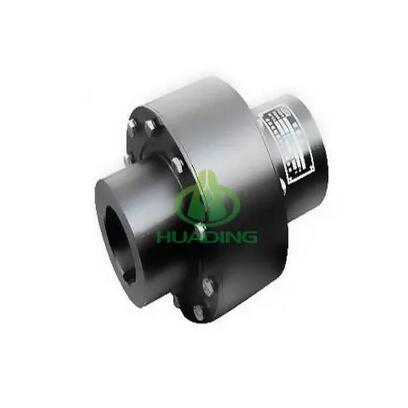A flexible coupling is used in mechanical systems to connect two rotating shafts while accommodating minor misalignments, absorbing shock, and reducing vibration. This coupling is ideal for applications requiring flexibility and tolerance for movement or misalignment. Here’s when to use a flexible coupling:
Angular Misalignment: When the shafts are slightly misaligned at an angle.
Parallel Misalignment: When the shafts are offset but parallel.
Axial Misalignment: When the shafts move slightly in the axial direction due to thermal expansion or load changes.
Flexible couplings can accommodate small misalignments, which helps prevent damage to the machinery and reduces the need for perfect alignment.
Flexible pin couplings absorb and dampen vibrations from the motor or driven equipment. This helps improve the overall smoothness and reduces noise levels, which is especially useful in applications like HVAC systems or manufacturing equipment where vibration reduction is important.
In applications where there are sudden loads or torque spikes (e.g., pumps, conveyors, or compressors), flexible couplings can absorb some of the shock, reducing wear and tear on the equipment.
When there is slight movement in the machine’s components due to thermal expansion, load shifts, or other factors, flexible couplings allow for these without compromising the connection between shafts.
Flexible couplings are useful in systems where the rotational speed varies frequently. The flexibility accommodates these variations without stressing the shafts, ensuring smoother operation.
Many flexible couplings require minimal maintenance compared to rigid couplings, making them suitable for applications where ease of maintenance is prioritized.

HVAC Systems: Used to connect fans and blowers to motors, reducing vibration.
Pumps and Compressors: Increases the lifespan of the system by absorbing shock and aligning rotating parts.
Conveyors: Accommodates minor misalignments and absorbs load fluctuations.
Automotive and Industrial Machinery: Helps reduce wear and tear on high-speed equipment with variable loads.
High Precision Applications: If precise positioning is required, rigid couplings might be more appropriate as they don’t allow for flexibility.
Heavy Load Support: In cases where the load is too heavy or the system requires a completely rigid setup, a rigid coupling would be better suited.
In summary, flexible couplings are ideal for applications where minor misalignments, shock absorption, vibration reduction, and limited movement are necessary, making them widely applicable in general industrial, automotive, and HVAC systems.
Copyright:@2020-2021
Comments Please sign in or sign up to post.
0
0 of 500 characters used